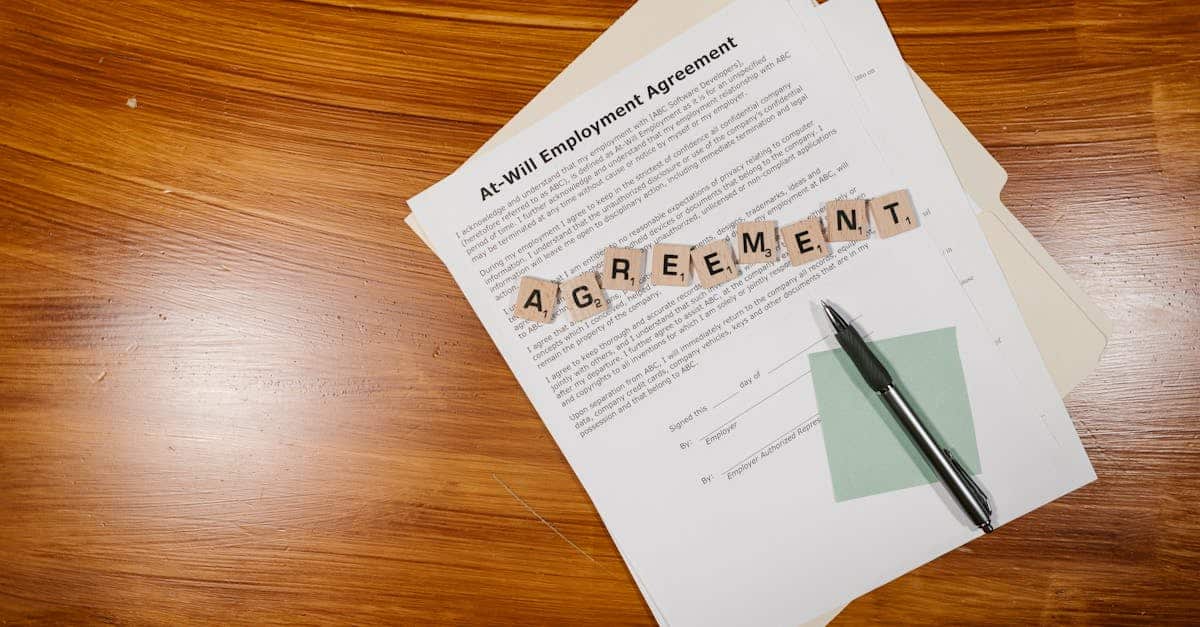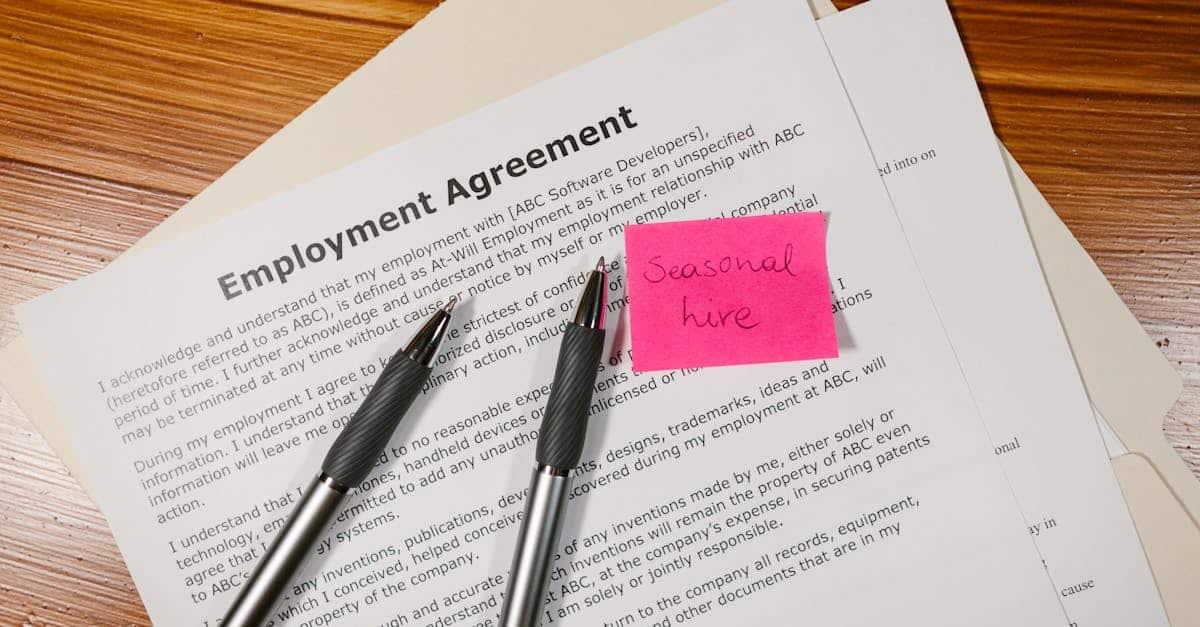
Introduction
Onboarding shouldn’t start with a tangle of emails, forgotten equipment, and generic checklists—especially for remote hires. Growing teams need a predictable, secure, and personalized process that scales: consistent role-based journeys, airtight compliance, and faster time-to-productivity. This playbook shows how AI can automate personalization so HR onboarding becomes a repeatable advantage rather than a bottleneck.
Practical automation, not theory. We’ll show how document automation can auto-generate and pre-fill offer letters, contracts and NDAs to eliminate manual errors, then move into AI-driven role flows, sequential task orchestration (IT provisioning, training, benefits), secure e-signatures and audit trails for remote hires, KPIs to measure success, and how to turn templates into reusable automation recipes. Read on for a concise, actionable playbook to reduce manual work, lower risk, and get new hires productive faster.
Design role-based onboarding flows with AI-driven personalization
Map roles to tailored journeys. Start by defining role profiles (skills, tools, compliance needs) and map them to distinct onboarding tracks. That keeps employee onboarding relevant from day one and helps HR scale consistent new hire onboarding across functions.
What AI adds
The right hr onboarding software can use AI to personalize learning paths, recommend role-specific training modules, and adapt the onboarding checklist based on a new hire’s prior experience. AI-driven personalization reduces redundant training and accelerates time-to-productivity.
Practical elements
- Dynamic checklists: Tasks adjust by role (engineer vs. account manager).
- Adaptive learning: Training assignments calibrated to assessment results.
- Suggested mentors: AI surfaces peer mentors and onboarding buddies.
- Remote readiness: Special flows for remote employee onboarding with equipment and timezone-aware scheduling.
These flows follow hr onboarding best practices and make the hr onboarding process repeatable while remaining personalized for each new hire.
Auto-generate and pre-fill offer letters, contracts and NDAs using document automation
Automate the document pipeline. Use document automation to generate offer letters, employment agreements and NDAs from role and candidate data. Pre-fill common fields (name, salary, start date, reporting line) directly from your ATS to remove manual entry and human error.
Key benefits
- Faster turnaround on offers and acceptances.
- Consistent legal language across employment contracts and NDAs.
- Reduced onboarding admin for HR and recruiting.
Use ready templates and connect them to automation. For example: offer letter templates (https://formtify.app/set/job-offer-letter-74g61), employment contract templates (https://formtify.app/set/employment-agreement-mdok9), and NDAs (https://formtify.app/set/non-disclosure-agreement-3r65r). These integrate easily with hr onboarding software to create a smooth new hire onboarding experience.
Tip: Keep a library of hr onboarding templates and version-controlled clauses so changes roll out automatically without manual edits.
Trigger sequential tasks: IT provisioning, training assignments and benefits enrollment
Orchestrate tasks as a timeline. A structured onboarding process should trigger the right tasks in sequence: pre-boarding items, day-one essentials, and follow-up tasks in the first 30–90 days.
Typical sequential flow
- Pre-start: equipment order, system access requests, policy pre-reads.
- Day 1: account provisioning, manager welcome, orientation schedule.
- Week 1–4: role-specific training, compliance sign-offs, benefits enrollment deadlines.
Integrations matter: automatically open tickets with IT for provisioning, assign training modules in the LMS, and kick off benefits enrollment forms so nothing is missed. This creates a reliable onboarding checklist and avoids manual handoffs in the hr onboarding process.
Automation patterns: conditional branching (contractor vs. employee), timed triggers (send reminder 3 days before benefits deadline), and parallel tasks (IT and security can run simultaneously while HR handles forms).
Automate compliance checks, e-signatures and audit trails for remote hires
Make compliance frictionless for remote hires. Automate identity verification, background checks and required forms so remote employee onboarding meets legal requirements without slowing hiring.
Secure signatures and records
- Integrate e-signature providers to collect signed offers, contracts and NDAs.
- Capture immutable audit trails for every signed document and each step of the workflow.
- Automate reminders and escalation for unsigned or incomplete compliance tasks.
Remote hiring introduces additional steps—like time-zone scheduling and digital identity verification. Good hr onboarding software will centralize e-signatures and compliance checks into a single portal, reducing risk and improving the candidate experience.
Checklist items to automate: background checks, tax forms, I-9 equivalents (where applicable), security training completions, and document retention policies.
Measure onboarding success: KPIs, time-to-productivity and engagement signals
Define clear KPIs. To measure HR onboarding effectiveness, track objective metrics and engagement signals. Common KPIs include time-to-productivity, new hire retention at 90/180 days, completion rate of mandatory trainings, and onboarding NPS.
Useful measurements
- Time-to-productivity: days until an employee completes core milestones.
- Engagement signals: LMS logins, tool usage, meeting attendance, and pulse survey responses.
- Compliance completion: percentage of completed mandatory forms and background checks.
- Retention metrics: turnover within probation period.
Link onboarding outcomes to performance by combining these metrics with performance appraisal data (example template: https://formtify.app/set/performance-appraisal-letter-6xd8y). Use dashboards in your hr onboarding software to monitor trends, identify bottlenecks, and iterate on the onboarding process.
Experiment and learn: run A/B tests on different orientation programs or role-specific training to see which talent onboarding strategy produces faster productivity and higher retention.
Turn templates into repeatable automation recipes for diverse hiring scenarios
Standardize using automation recipes. Convert your most-used onboarding flows into parameterized recipes that you can reuse across locations, roles, and employment types. This ensures consistency while allowing for scenario-specific tweaks.
Recipe components
- Input parameters: role, employment type, location, start date.
- Actions: document generation, IT provisioning, training assignments, benefits enrollment.
- Conditions: contractor vs. full-time, remote vs. on-site, seniority level.
Example recipes could include a campus hire flow, a remote contractor flow, or an executive onboarding flow—each reusing templates (offer, employment agreement, NDA) and the same orchestration logic. Reusable recipes reduce manual work and make your hr onboarding checklist more reliable across diverse hiring scenarios.
Start small: build one recipe for a common role, measure results, then expand. Use your hr onboarding software to version recipes so improvements are easy to roll out.
Summary
This playbook pulls together practical steps—AI-driven role flows, document automation for offers and contracts, sequential task orchestration, automated compliance and audit trails, and measurable KPIs—so you can scale consistent, personalized onboarding without adding overhead. Document automation in particular gives HR and legal teams faster turnaround, fewer manual errors, consistent legal language, and reliable records for audits and compliance. If you’re ready to turn templates into repeatable automation recipes and shorten time-to-productivity, explore the tools and templates at https://formtify.app to get started.
FAQs
What is HR onboarding?
HR onboarding is the process of integrating a new hire into your organization, covering everything from paperwork and role-specific training to systems access and cultural orientation. It’s a structured program that helps employees become productive and compliant more quickly, not just a one-day introduction.
How long should HR onboarding take?
There’s no one-size-fits-all timeline: effective onboarding spans pre-start activities, a focused day-one, and ongoing support during the first 30–90 days. The right length depends on role complexity and regulatory needs, but a measured multi-week program typically yields better retention and faster ramp-up.
What are the key steps in the HR onboarding process?
Key steps include role mapping and personalized checklists, automated document generation (offers, contracts, NDAs), IT provisioning and training assignments, and automated compliance checks with e-signatures and audit trails. Sequencing those steps and integrating systems eliminates handoffs and ensures nothing is missed.
How do you measure the success of HR onboarding?
Measure onboarding with KPIs like time-to-productivity, completion rates for mandatory training, onboarding NPS, and retention at 90/180 days, plus engagement signals from LMS and tool usage. Dashboards and A/B tests help you identify bottlenecks and iterate on the process.
What is the difference between onboarding and orientation?
Orientation is a short set of introductory activities (policies, benefits overview, meet-and-greets), while onboarding is the longer, structured integration process that includes training, role-specific ramping, compliance, and performance milestones. Orientation is one component of the broader onboarding program.





